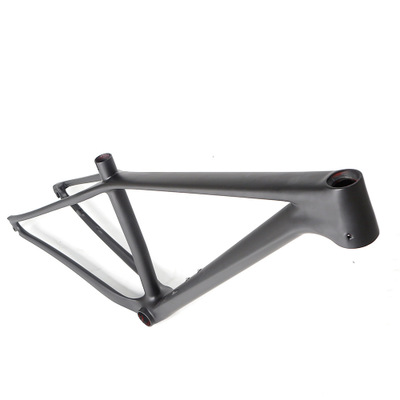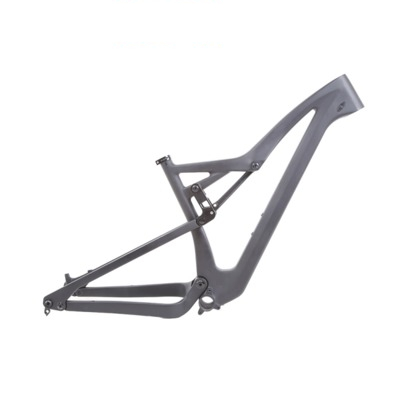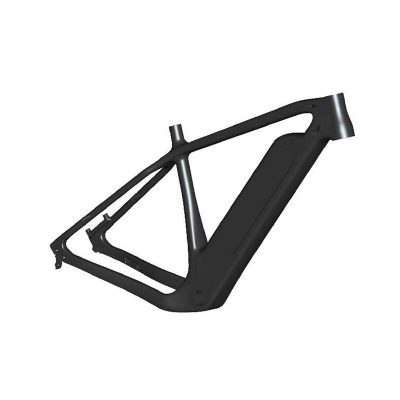Bicycle frame definition
As the skeleton of the entire bicycle, the bicycle frame determines and affects the correctness and comfort of the riding posture to the greatest extent. The bicycle frame is the soul of the bicycle. A good bicycle frame must meet the three conditions of light weight, sufficient strength and high rigidity. The industry is constantly developing new materials. The frame material has evolved from the earliest chromium molybdenum steel to aluminum alloy, and then composite The use of materials, common bicycle frame materials are: aluminum alloy, steel, carbon fiber, titanium alloy.
Advantages and disadvantages of bicycle frames of various materials
The steel frame is the cheapest but also the heaviest, prone to rust.
Aluminum alloy is sensitive and light, light weight, high rigidity, relatively cheap and has many frame styles, suitable for junior road bikes and mountain bikes.
Titanium alloy Titanium ranks the fourth among metals in the earth’s stock. Titanium and its alloys, the strength of castor alloy steel, are only half of the weight and strength. It has superior corrosion resistance, but the price is relatively high.
Carbon fiber Carbon fiber is a new material with high strength and light weight. It has the characteristics of elasticity, stable riding, long-distance cruising, and high comfort. It is suitable for competitive road bikes and the price is relatively high.































